IN A SINGLE STEP TO GIVE A PERFECT RESULT!
Fill-Up! is a dual curing medium viscous bulk composite of the newest generation applied in a single step.
It combines the advantages of resin-based composites with a simplified and time-efficient handling. Owing to its dual curing properties, fillings with Fill-Up! can be administered in arbitrary filling depth without the need of an additional covering layer.
- faster than the conventional increment technique
- More economical than the two layer bulk fillings
Welcome on the safe side!
Conventional light curing bulk filling materials are limited in their curing depth, putting into questions whether the restoration fully cures. On the contrary, the dual curing property of Fill-Up! guarantees a thorough curing down to the bottom of every cavity. Moreover, chemical curing minimises shrinkage stress dramatically, preventing micro fractures and postoperative sensitivities. As supported by study, the bonding partner ParaBond caters for a perfect marginal seal comparable to the one of conventional composite – before and after thermo cycling and chewing abrasion ? ensuring a secure long-term restorative solution.
Composition:
? Dental glass
? Amorphous silicic acid
? Methacrylates
? Zinc oxide
Indication:
- Class I and Class II fillings
- Cavity linings
- Core build-ups
Convenient and fast
Fill-Up! is applied in only one single layer and finished with rotary instruments. The material is easy and quickly polishable to high gloss and is therefore your perfect choice for all Class I and II fillings, cavity lining and core build-ups ? every time when a fast and esthetic restoration is needed.
Deep uniform curing No matter what layer thickness is applied, there is no need to worry about thorough curing, as Fill-Up!? consists of both light and chemically curing properties. Other light curing bulk fill materials can be applied in layers of max. 4-5 mm. Light intensity measurements demonstrate that above a layer thickness of just 1 mm, light penetration drops drastically. Reliable deep polymerization is therefore not always guaranteed, which can lead to postoperative sensitivities.



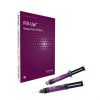
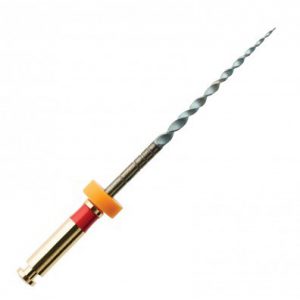

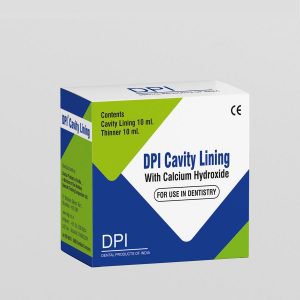
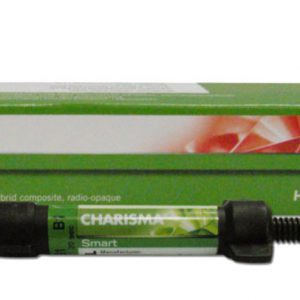

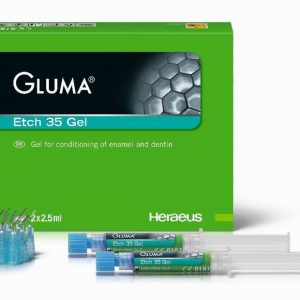
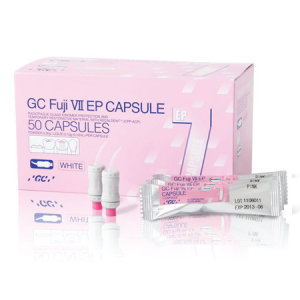

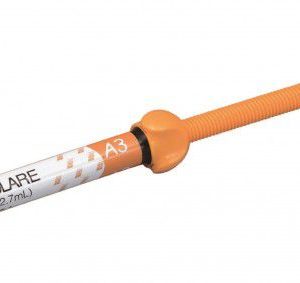
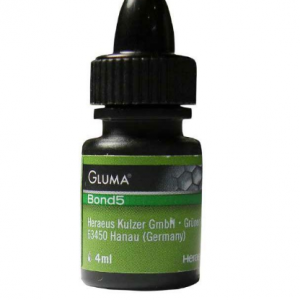
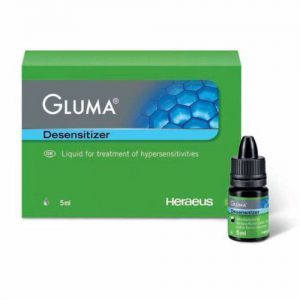
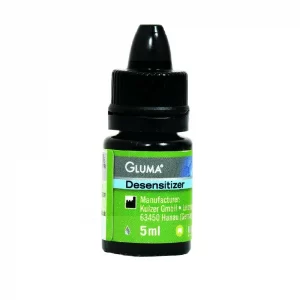
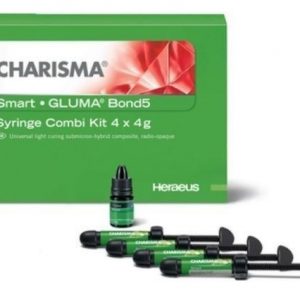
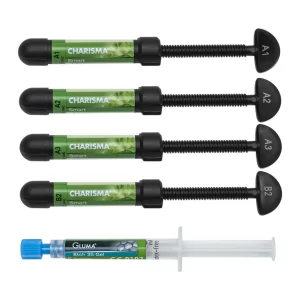
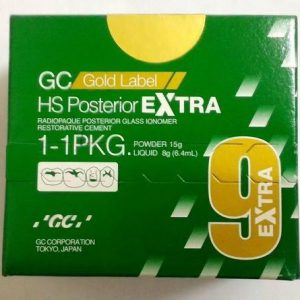
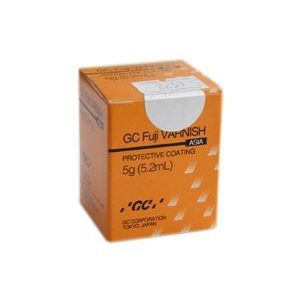
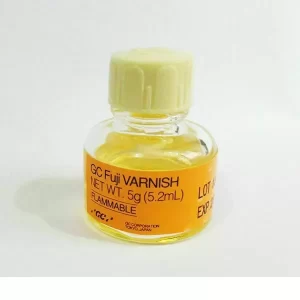
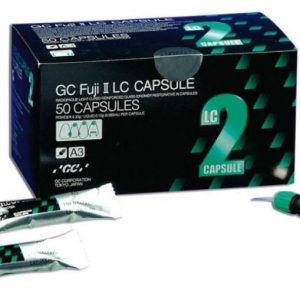
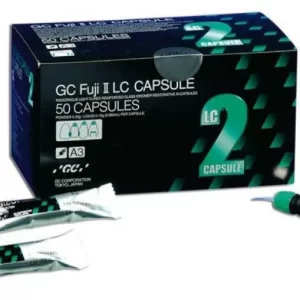
There are no reviews yet.